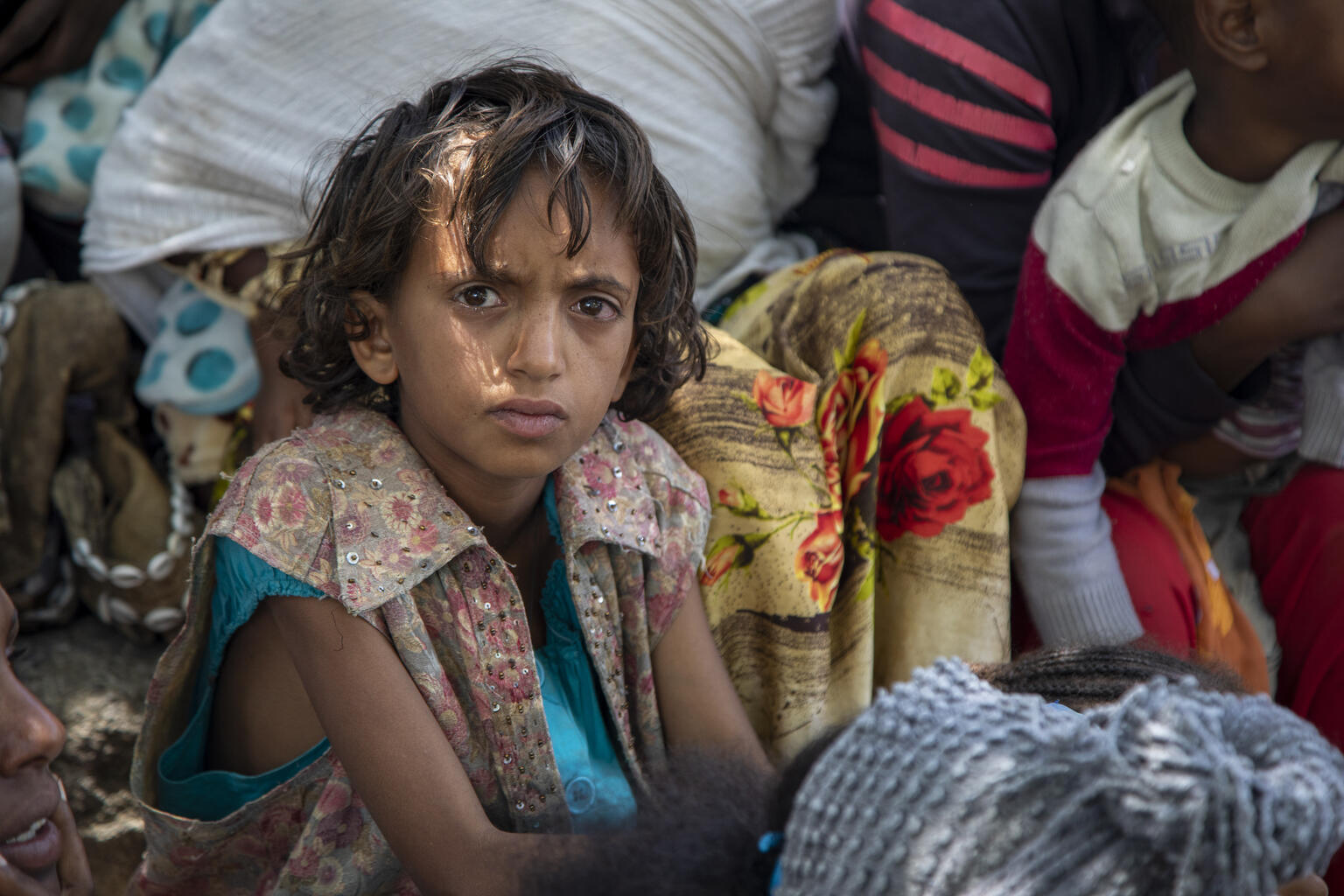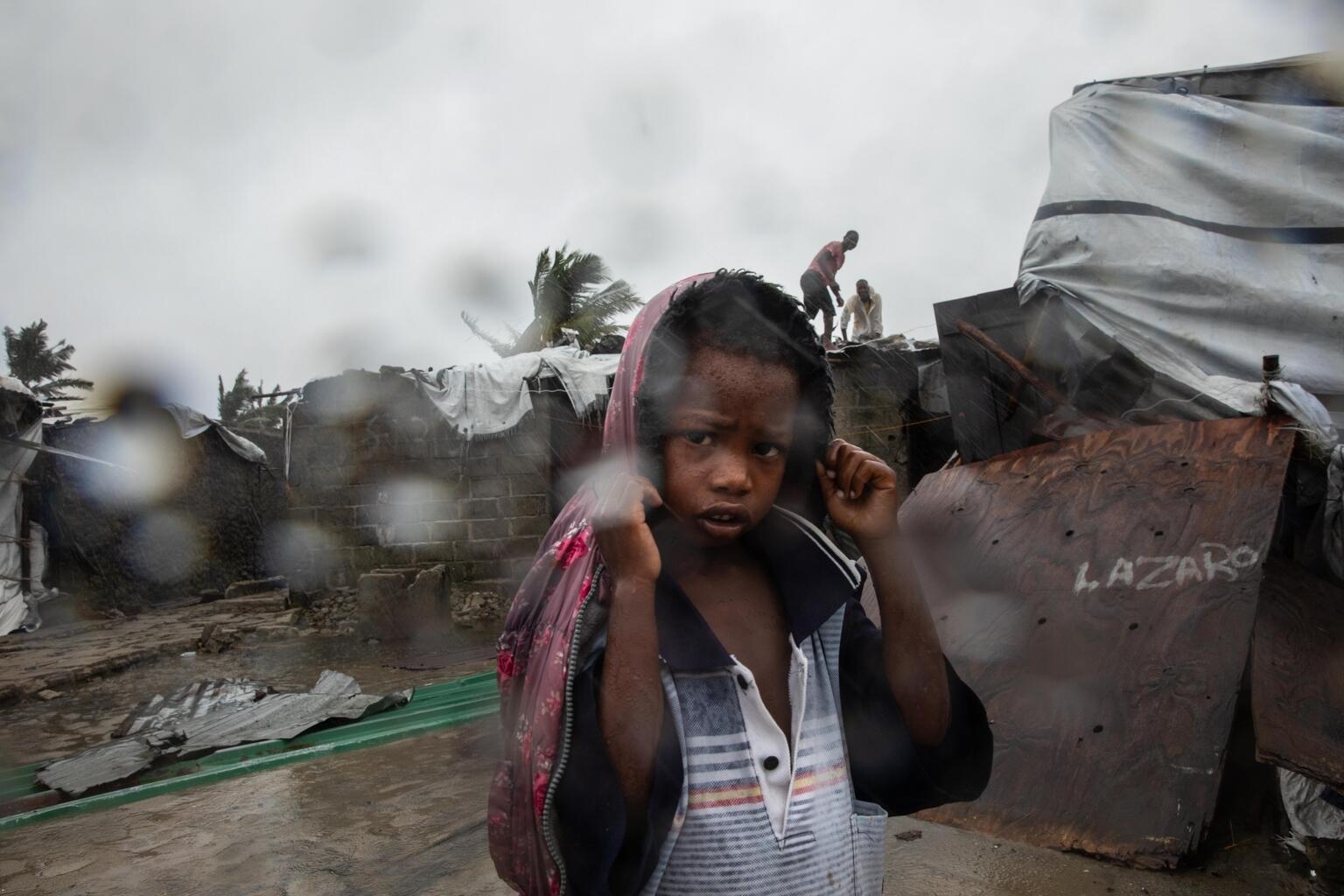 A child waits for a nutrition screening in the Tigray region of Ethiopia.
A child waits for a nutrition screening in the Tigray region of Ethiopia.
Across the world, children are living through crisis. In humanitarian emergencies, children are more vulnerable than ever to violence, whether that be in Haiti, where children are experiencing the devastating impact of a 7.2 magnitude earthquake, or in Afghanistan, where in the past two months alone, almost 80,000 children have been forced to flee their homes.
This year, World Humanitarian Day is focused on disasters sparked by our ongoing climate crisis. The End Violence Partnership joins the global community in recognizing World Humanitarian Day, and is urging action to prioritise the protection of all children in humanitarian settings.
"World Humanitarian Day reminds us of the importance of protecting children from violence in humanitarian settings,” said Dr Howard Taylor, the Executive Director of the End Violence Partnership. “As the world continues to warm, the international community has an opportunity to address climate change in ways that reduce the risk of violence that children face because of climate-related shocks. We cannot forget about children’s protection – and how during a natural disaster or conflict situation, children face higher levels of violence, abuse and exploitation."
We cannot forget about children’s protection – and how during a natural disaster or conflict situation, children face higher levels of violence, abuse and exploitation.
 A child shields himself from the rain amidst Tropical Cyclone Eloise in Mozambique.
A child shields himself from the rain amidst Tropical Cyclone Eloise in Mozambique.
Before COVID-19, one in four children was living in a country affected by conflict or disaster. Over 503 million children lived in areas that are at high-risk of floods due to extreme weather events, while an additional 160 million lived in areas experiencing high levels of drought. COVID-19 has exacerbated this situation further, while weakening the critical support services that protect children from harm.
Natural disasters force people from their homes, shut down schools, and collapse economies. As a result, children are often forced into exploitative situations, including dangerous working conditions, early marriage, and sexual abuse. Climate-related disasters also aggravate existing situations, such as ongoing conflict, food shortages, health risks, and poverty. Each of these situations hurt children in different ways, and shatter the support systems that should be there to protect them.
As part of Together to #ENDviolence, the End Violence Partnership is calling for governments and humanitarian actors to protect children in humanitarian settings. To do so, we are pushing for these actors to prioritise child protection in all humanitarian and refugee response plans, and are urging governments and donors to more than double funding to meet the existing – and escalating – protection needs of children in crisis.
In addition, the Together to #ENDviolence campaign is calling for:
- Governments to recognize children’s fundamental right to protection from violence – and their duty to uphold this right.
- Governments and donors to double their funding to meet the existing and escalating urgent and life-saving protection needs of children in humanitarian settings.
- Communities and families to receive support their front-line role of protecting children.
Together, we are calling on leaders, governments, and communities to do more to protect children in humanitarian settings. Endorse the Leaders’ Statement to add your name to this call, and to ensure we do everything we can to protect children from violence and abuse.
Photo credit in order of appearance: UNICEF/UN0494297/Nesbitt; UNICEF/UN0405625/Franco